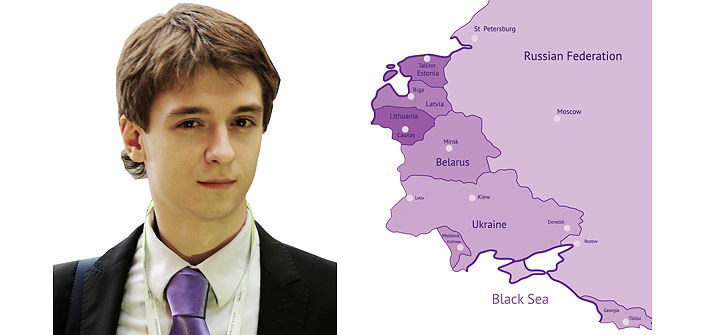After the severe shocks of the last year, pork production in the countries of Eastern Europe is showing signs of stabilisation, and returning to a position where experts are more comfortable making predictions about its future.
The main focus today lies on the Russian market, where the government recently approved a final draft of a programme of livestock industry support that will provide a total of $5 billion during the next five years. It’s expected that private investment in the industry will be several times higher, which will allow industrial pork production to maintain its strong pace of growth.
In the first quarter of 2015, the volume of production in Russia has increased by 8.7% to 708,300t. Maintaining this rate of growth, pork production in the country this year will be 200,000 to 300,000t more than in 2014. This is in line with government targets that expect annual pork production to increase by one million tonnes between now and 2019. This would allow Russia to reduce exports by at least 70 to 80%.
The situation in Ukraine has also become much better today. The government recently returned tax benefits for livestock producers and is currently considering additional measures to support pig farmers. This is because the first quarter of 2015 saw the pig population drop by 4.2% compared to the same period in 2014.
It’s noteworthy that in 2015 both Russia and Ukraine will face a reduction in domestic consumption and a rapid fall of imports. Consumption is dropping because the real incomes of the population is falling, which forces citizens to switch from pork and beef to cheaper poultry meat. Imports, meanwhile, are being affected by the devaluation of the Russian ruble and Ukraine’s hrvynia.
In 2014, Russia decreased pork imports by 42%. As a result, forecasts suggest that overall meat consumption this year may drop by 2.9% and pork consumption could be as much as 6.0% lower.
Ukraine, meanwhile, which last year imported 120,000t of pork, is only expected to import 30,000t in 2015, according to industry forecasts. Overall, Ukrainian meat consumption is expected to fall by up to 5.0%, while pork consumption could be 9.5% less than 2014.
Last year Russia imported only one million tonnes of pork, while figures so far for 2015 suggest this is set to fall further. For example, in January it imported only 1,730t of pork – less than 10% of imports in January 2014. Preliminary data for the first quarter of this year is already pointing at imports being 75 to 80% down.
At the same time, both Russia and Ukraine are keen to develop the export potential of their pork industry. In Ukraine, currency devaluations mean the price of the country’s pork has dropped from $2.3/kg in the first quarter of 2014 to just $1.2/kg in the first quarter of 2015. In Russia, meanwhile, the price has fallen from $3.4/kg to $2.2/kg. It’s clear that if the appropriate product quality can be demonstrated, Russian and Ukrainian pork will be attractive to international markets.
A very interesting situation has also developed in the pig industries of the Baltic countries. The region has traditionally exported a significant part of its pork production to neighbouring Russia, but veterinary restrictions implemented at the beginning of 2014 halted this trade and have resulted in an oversupply crisis in the local markets and low prices – which pushed large numbers of producers beyond the edge of profitability. In the opinion of the market players, this situation may lead to a decrease in pork production, which will let prices return to normal levels.
Recently the Estonian Baltic Atria meat company estimated that the EU market needed to lose about 500,000t of pork production before supply and demand returns to balance. The heads of the Latvian association of pig breeders also released a report that stated the current market price 87 to 95 euro cents/kg was well below the break-even point of about 120c/kg.
A similar situation has been observed in Lithuania, while in Poland the price of pork has increased slightly in recent months to 1.35c/kg, which is the break-even point for that country. Analysts attribute these increases to statements from the Russian authorities at the beginning of April that expressed readiness to resume the import of products from the sanctions list from some European countries.
Even if Poland and the Baltic states aren’t allowed to resume exports themselves, this decision would allow an improvement in the the oversupply situation in the markets of Eastern Europe and benefit everyone in the EU pork sector.




